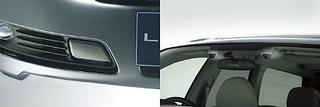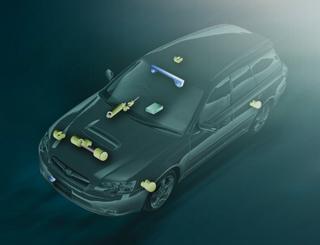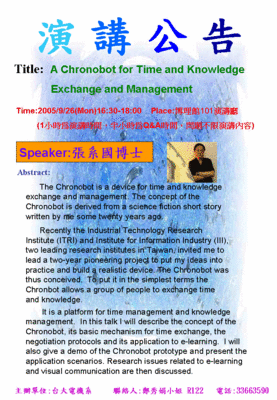Speaker: Fernando De la Torre
Date: Thursday, September 29
Abstract:
Subspace methods (e.g. Principal Component Analysis, Independent Component Analysis, Linear Discriminant Analysis, ...) have been successfully applied in numerous visual, graphics and signal processing tasks over the last two decades. In this talk, I will provide a unified framework for several novel component-analysis techniques useful for modeling, classifying and clustering huge amounts of high dimensional data. In particular, I will describe five novel component-analysis techniques:
1) Robust parameterized component Analysis (RPCA): Extension of principal component analysis (PCA) to build a linear model robust to outliers and invariant to geometric transformations.
2) Multimodal Oriented Component Analysis (MODA): Generalization of linear discriminant analysis (LDA) optimal for Gaussian multimodal classes with different covariances.
3) Representational Oriented Component Analysis (ROCA): Extension of OCA to improve classification accuracy when few training samples are available (e.g. just 1 training sample).
4) Discriminative Cluster Analysis (DCA): Unsupervised low dimensional reduction method that finds a subspace well suited for k-means clustering.
5) Dynamic Couple Component Analysis (DCCA): Generalization of PCA method to learn relations between multiple high dimensional data sets in presence of limited training data.
I will discuss how these techniques can be applied to visual tracking, signal modeling (e.g. background estimation, virtual avatars) and pattern recognition problems (e.g. face recognition), as well as clustering long term multimodal data (video, audio, body sensors) useful to monitor our daily activity.











